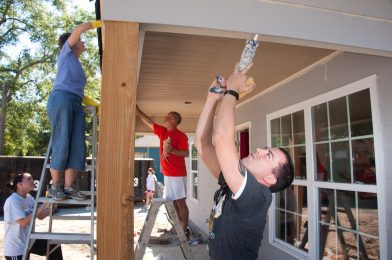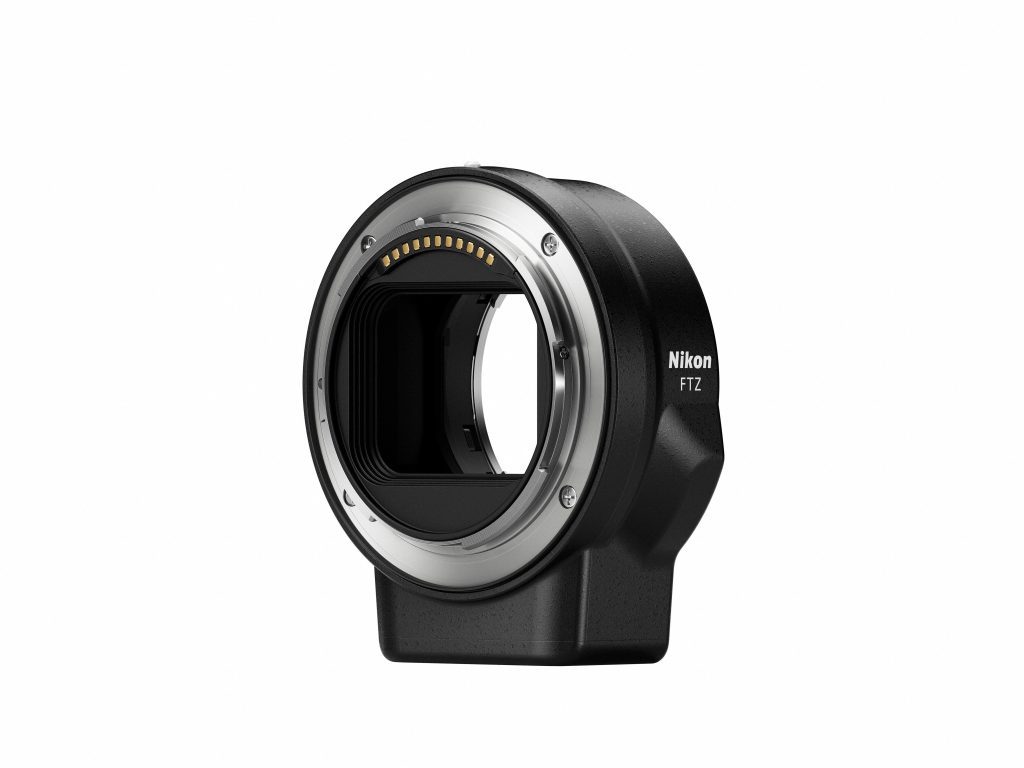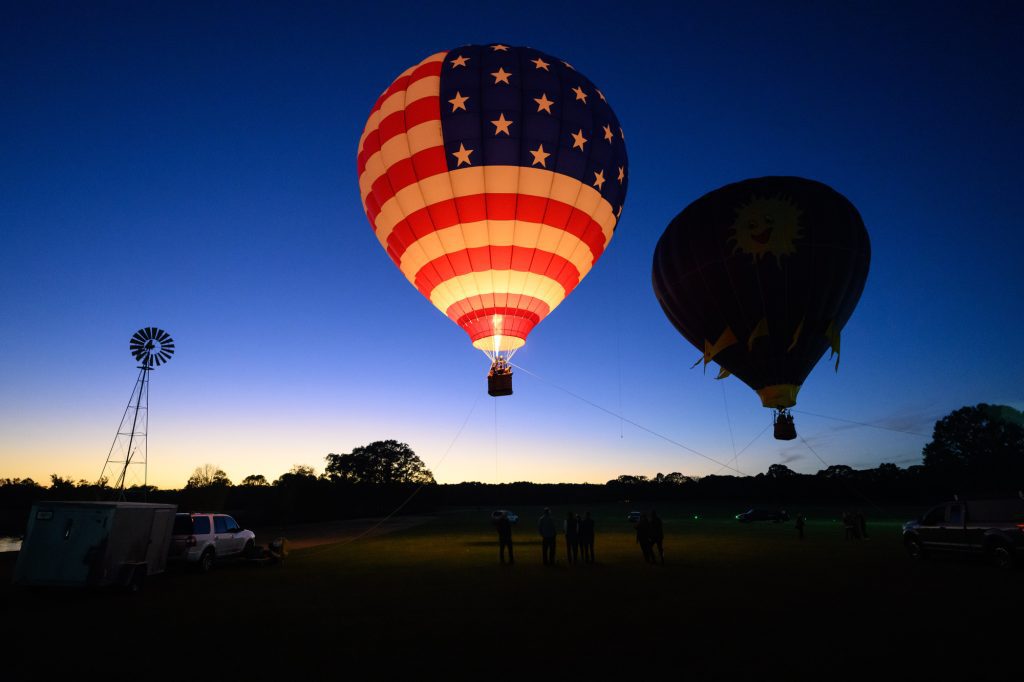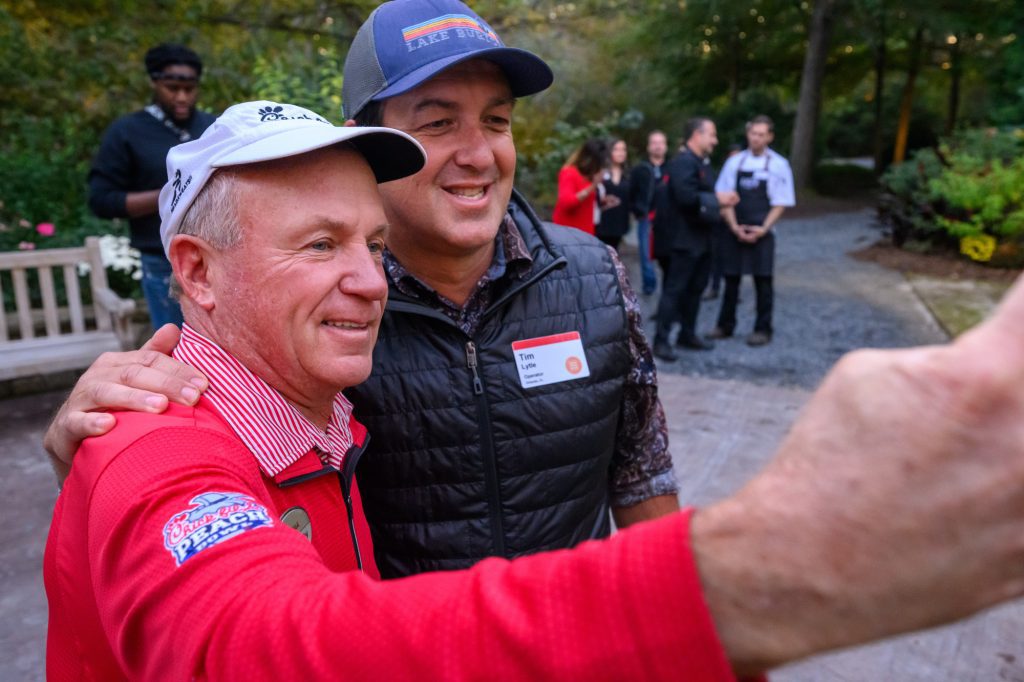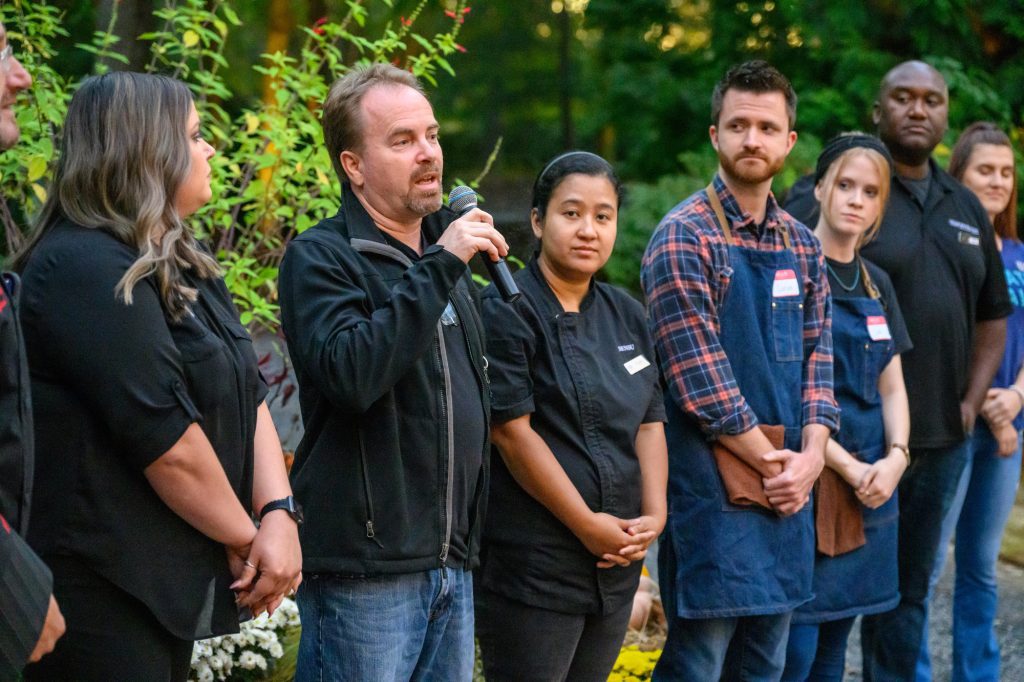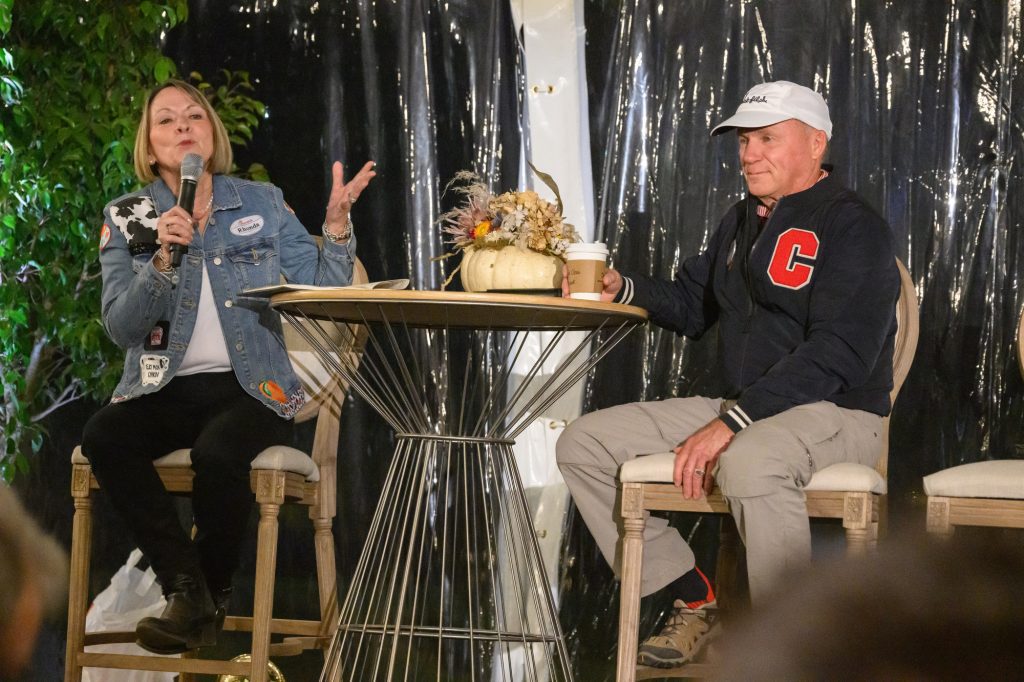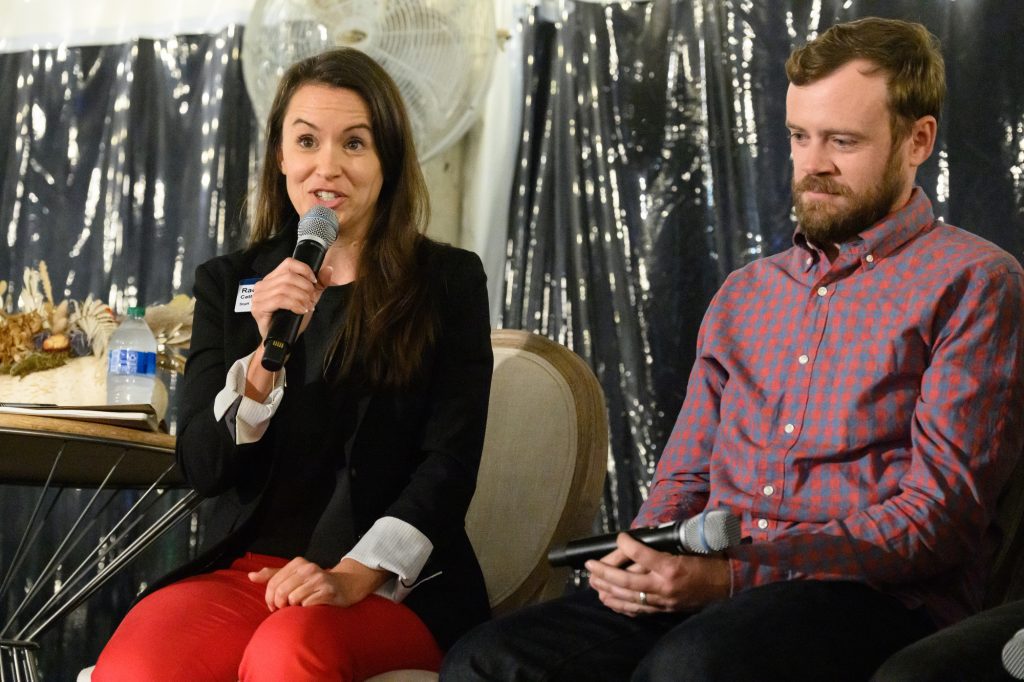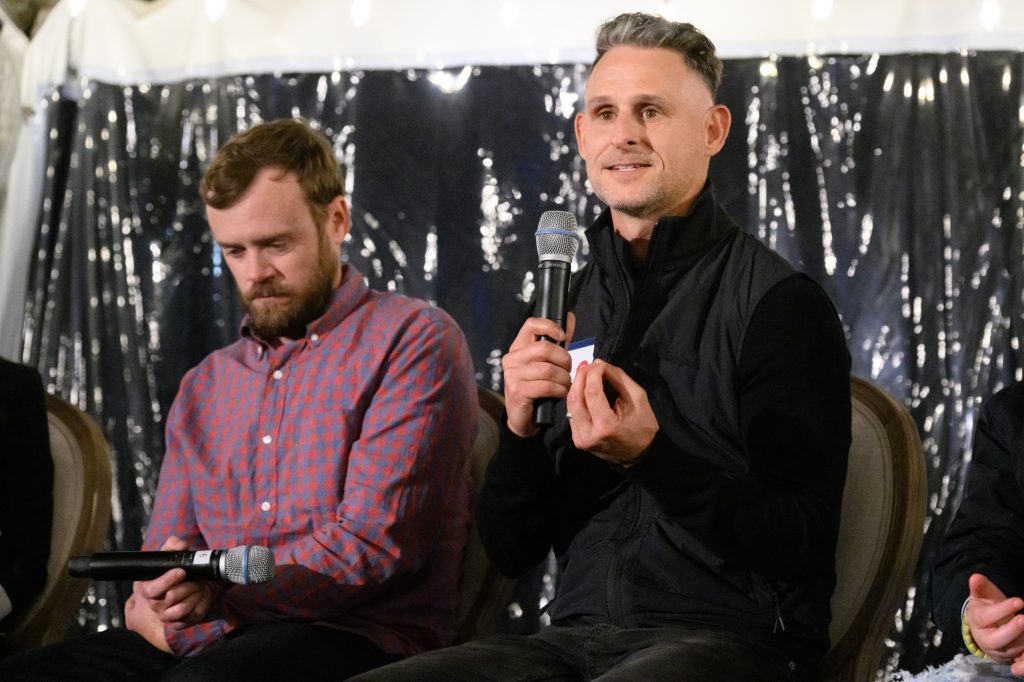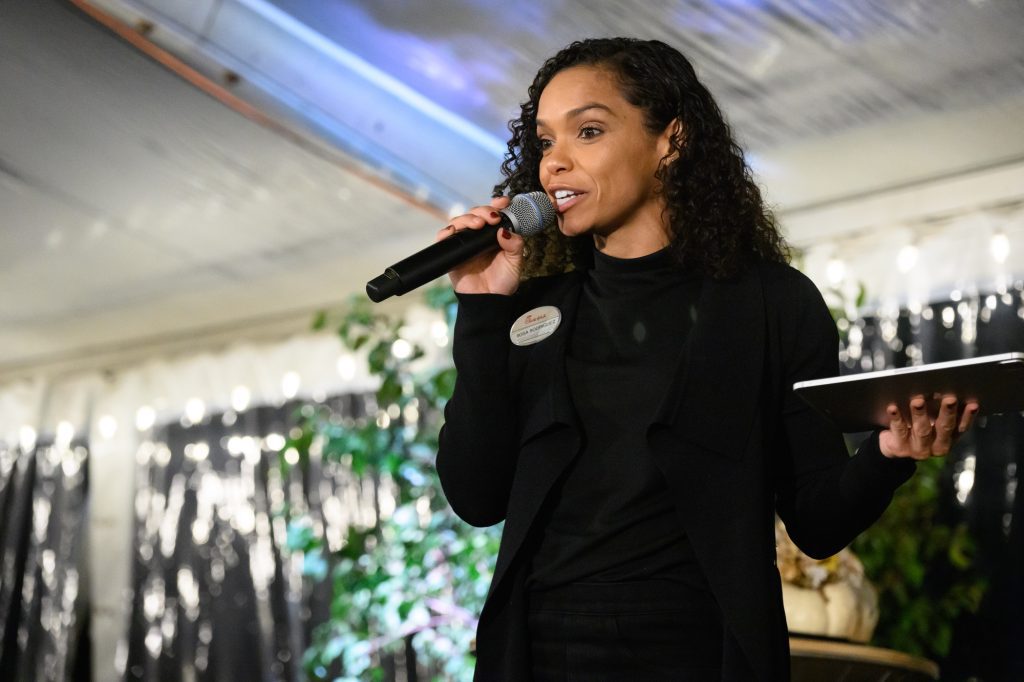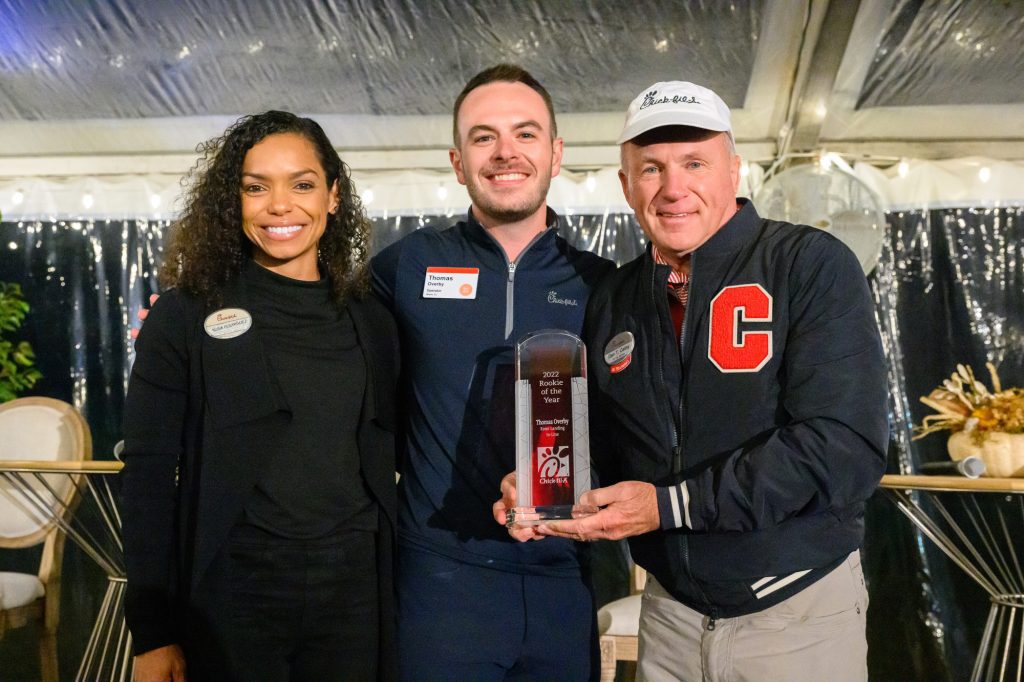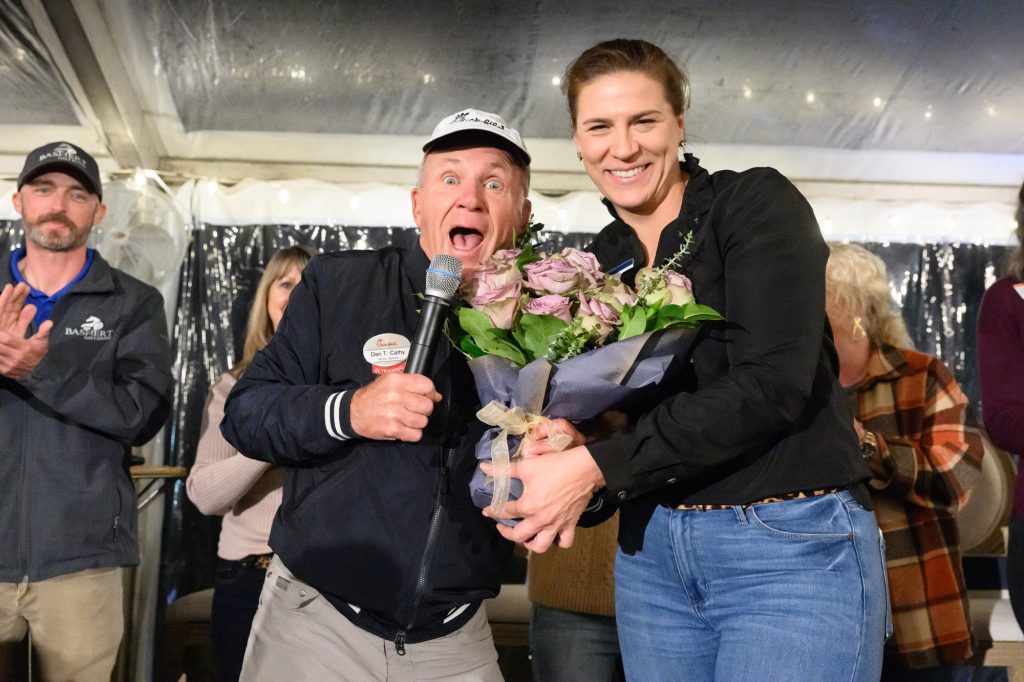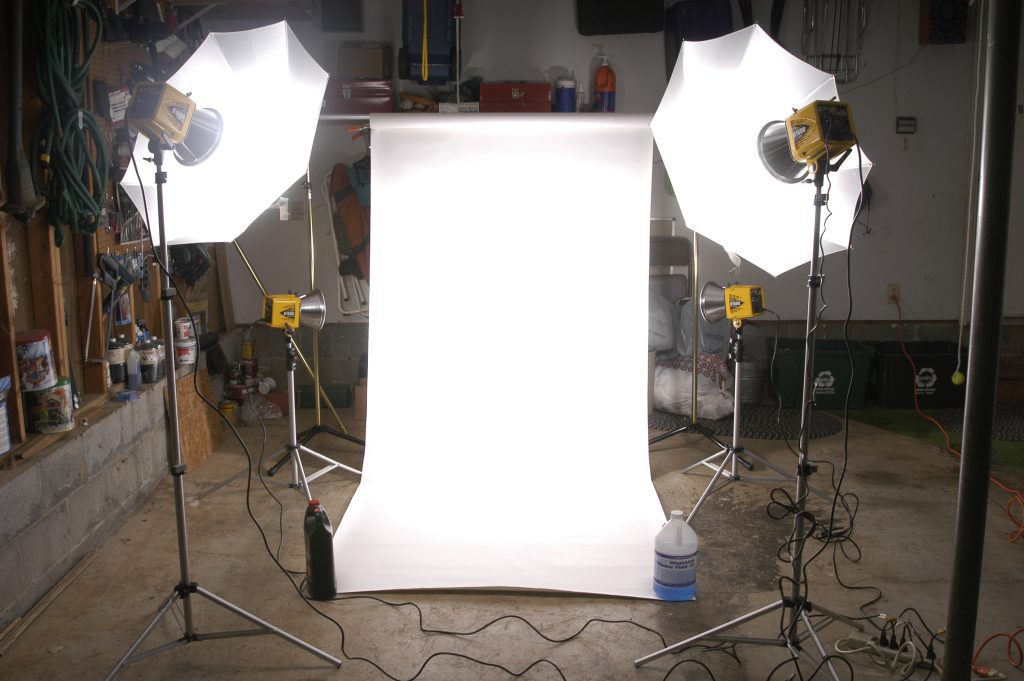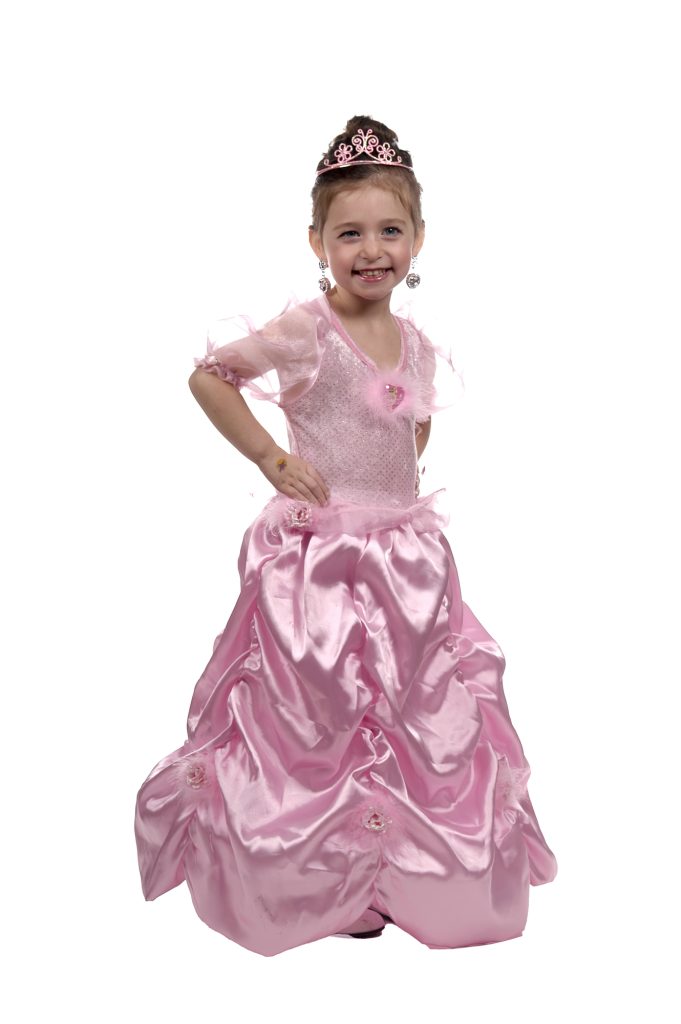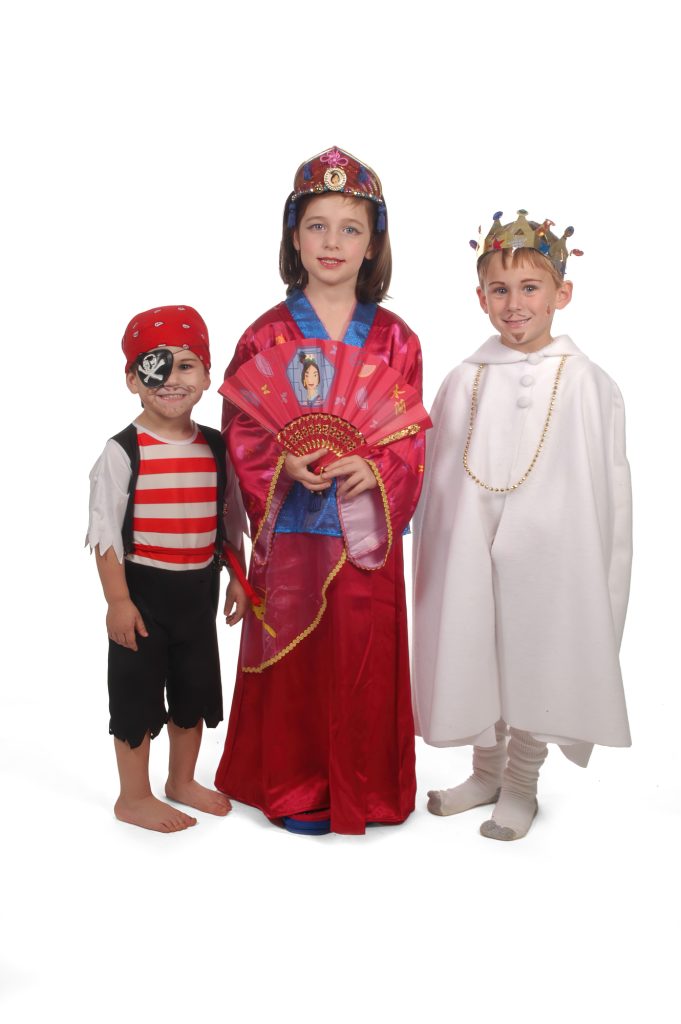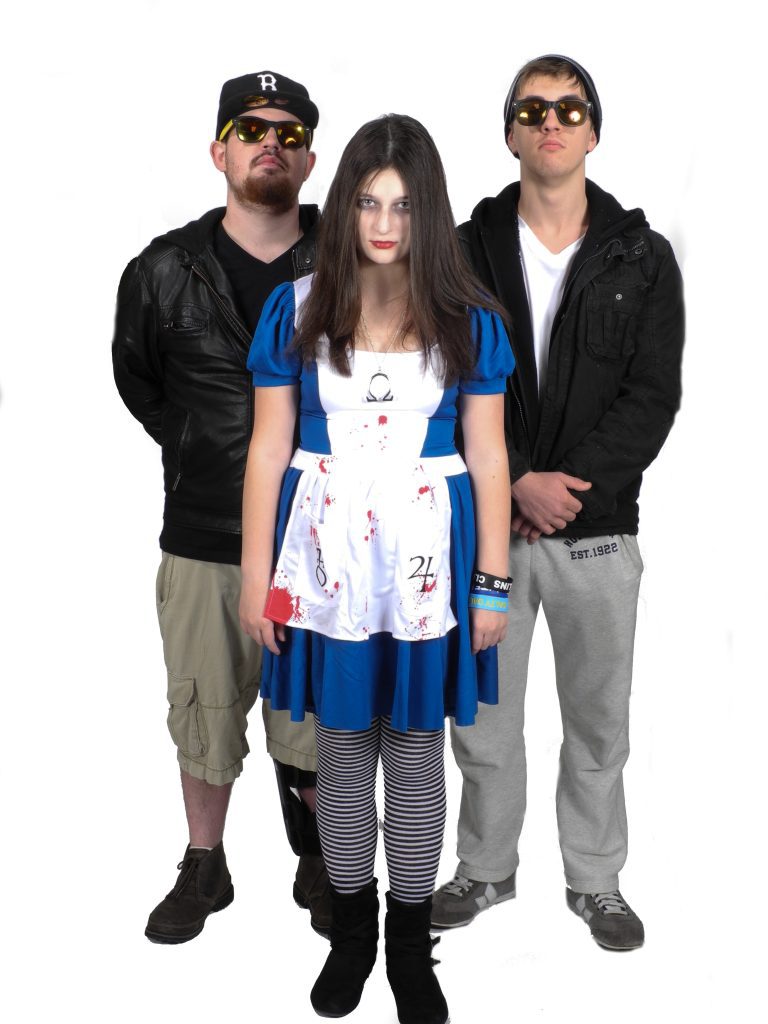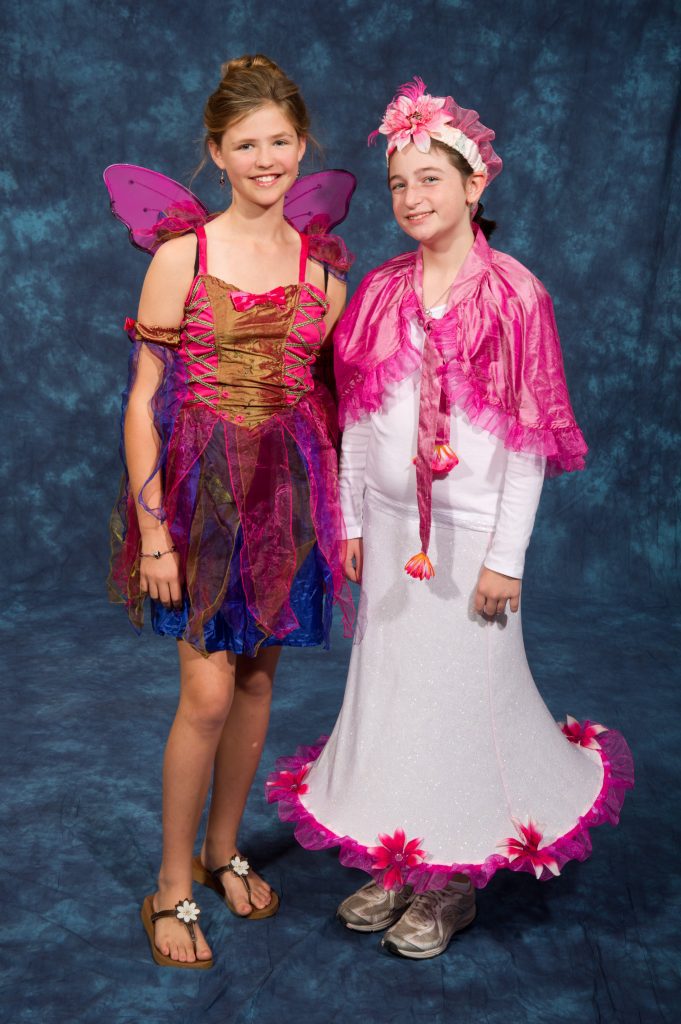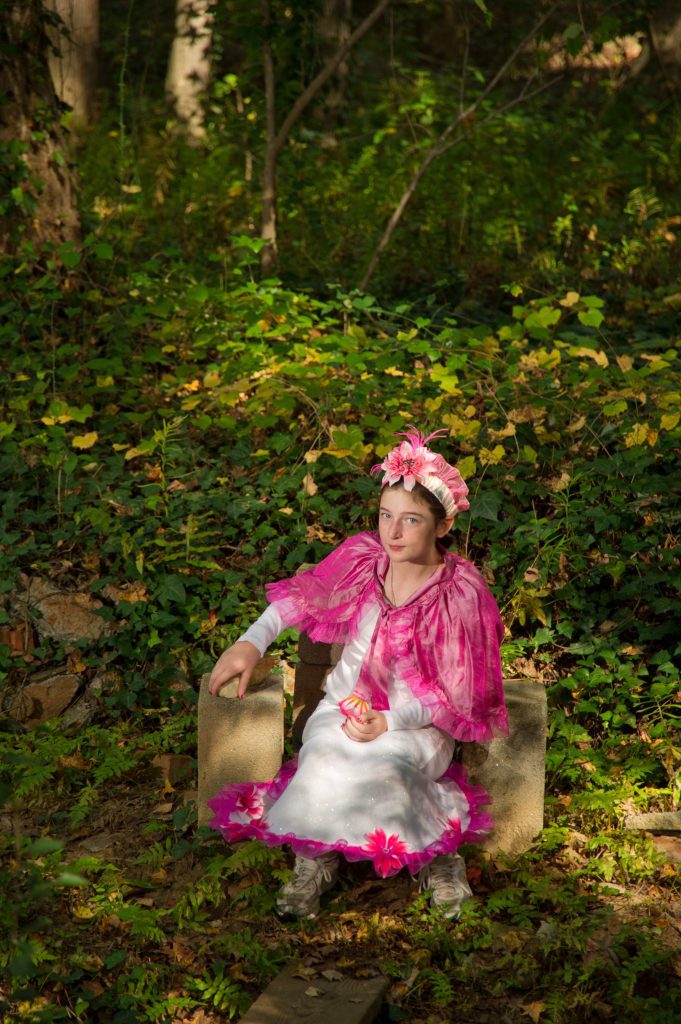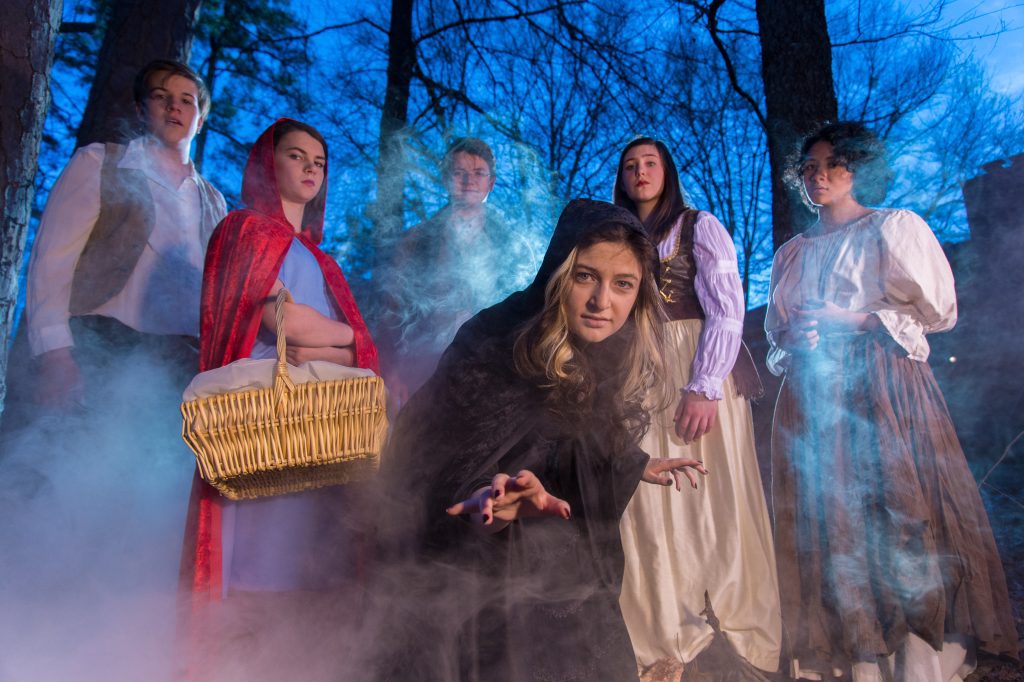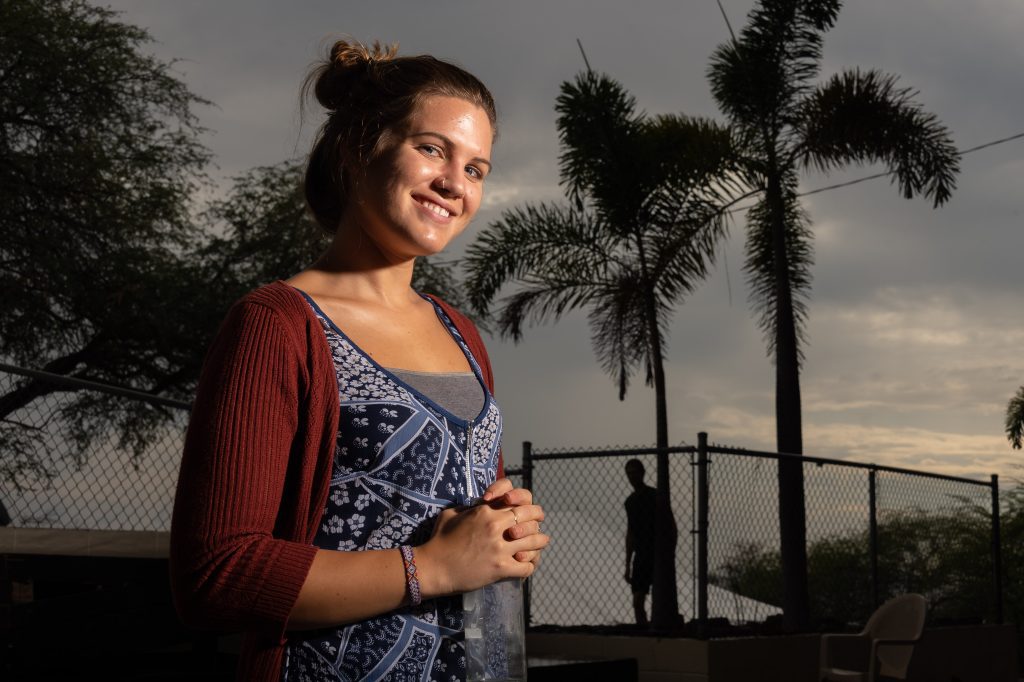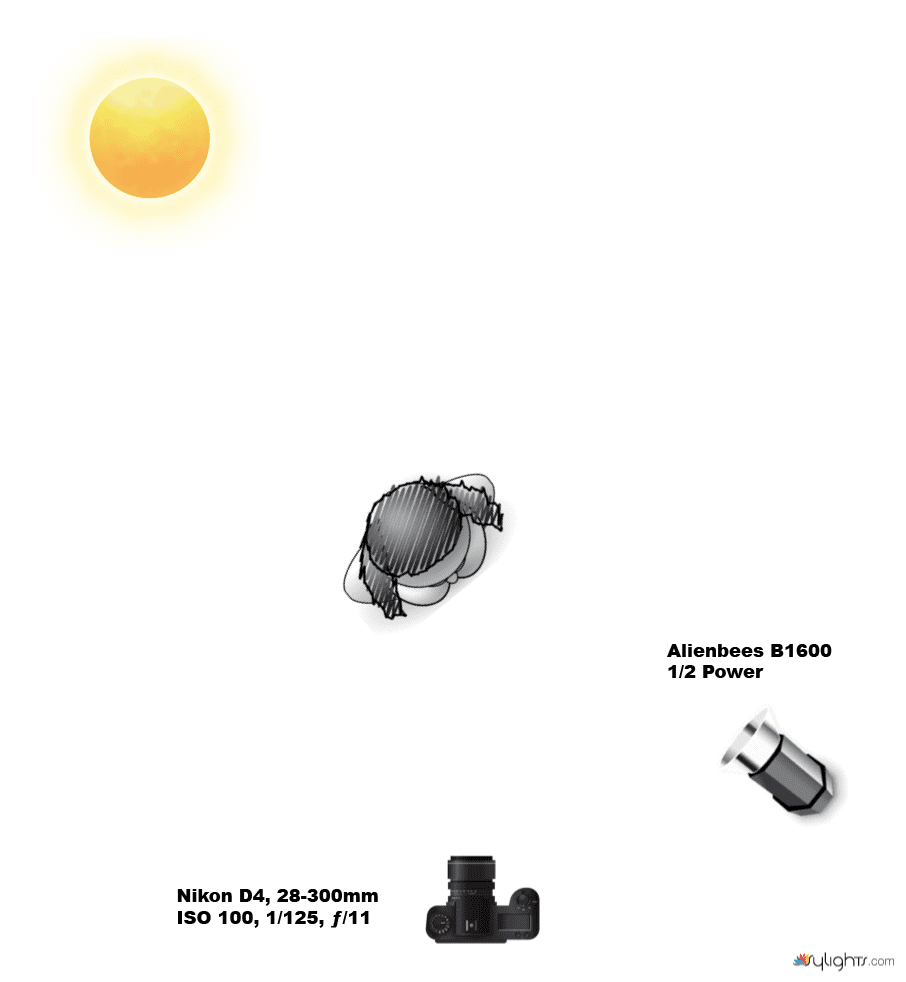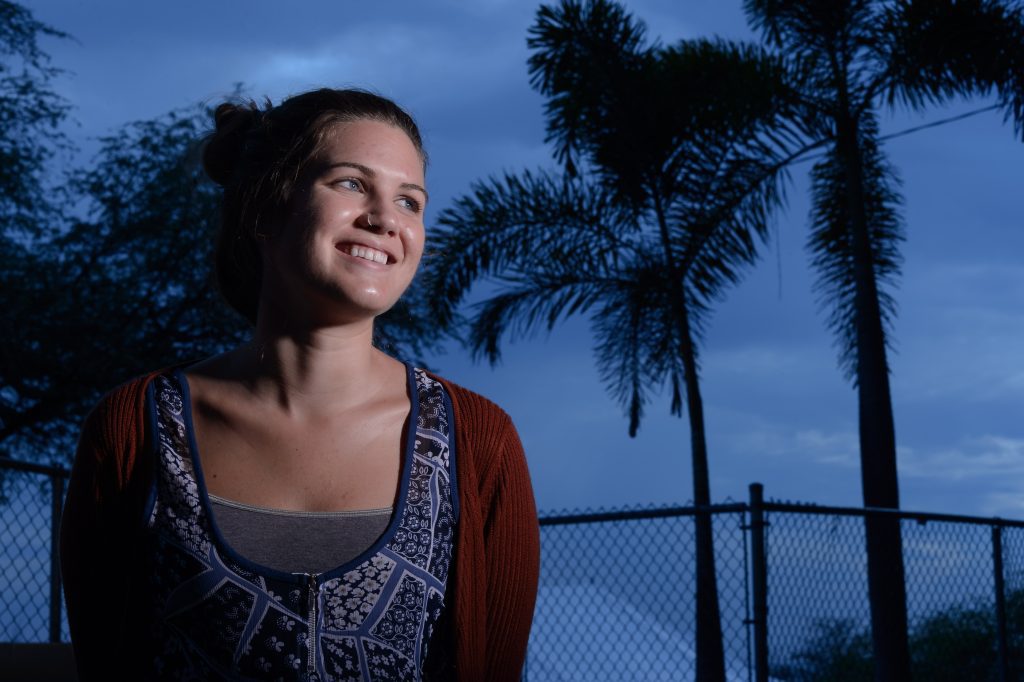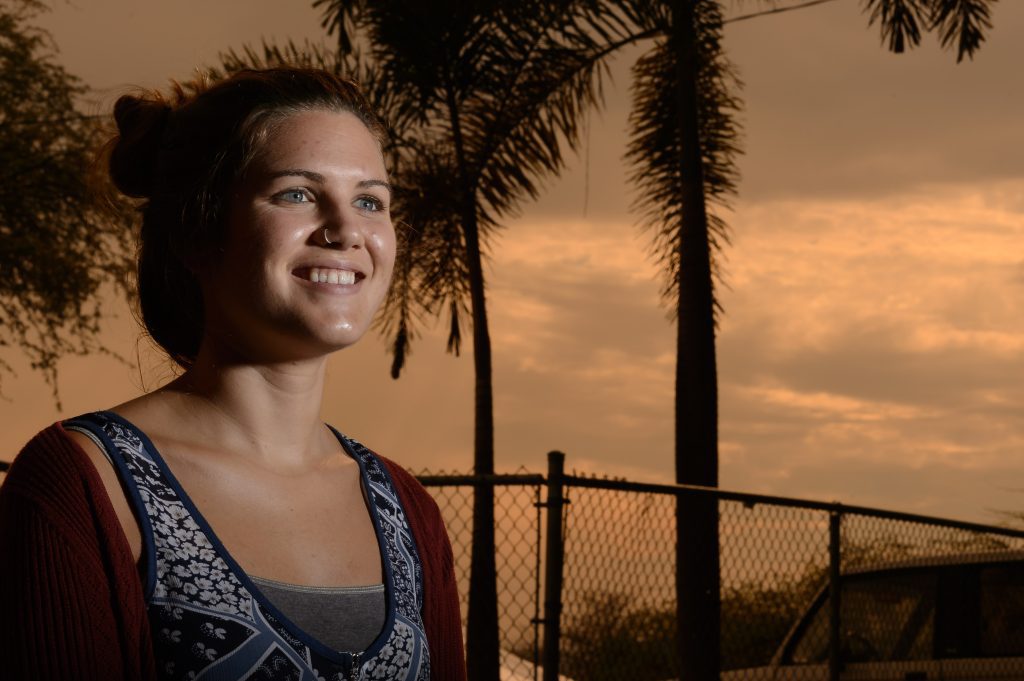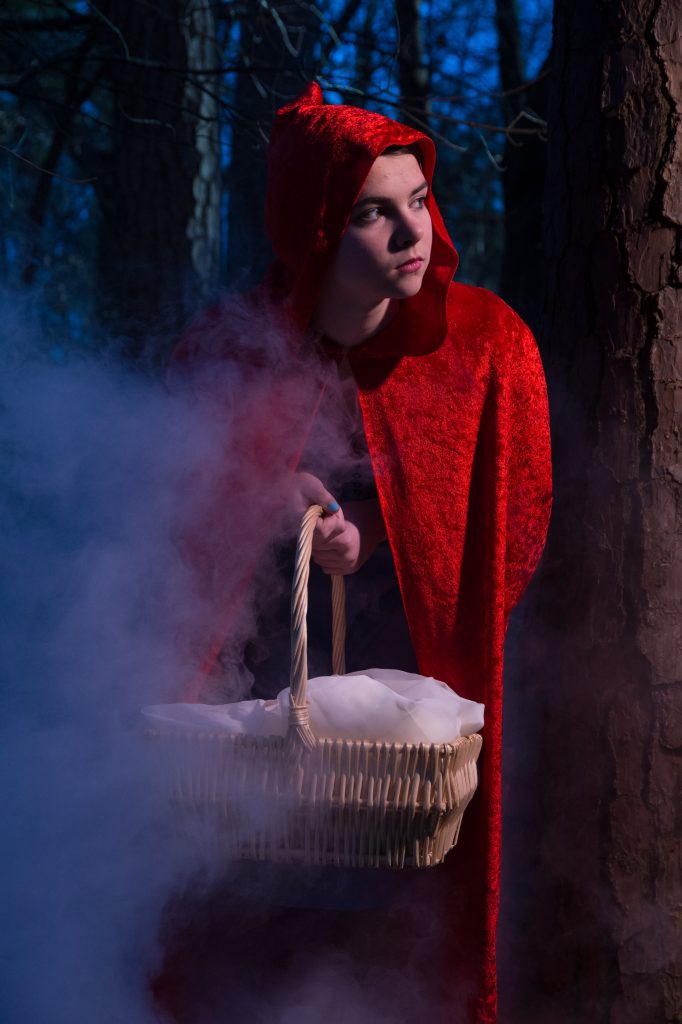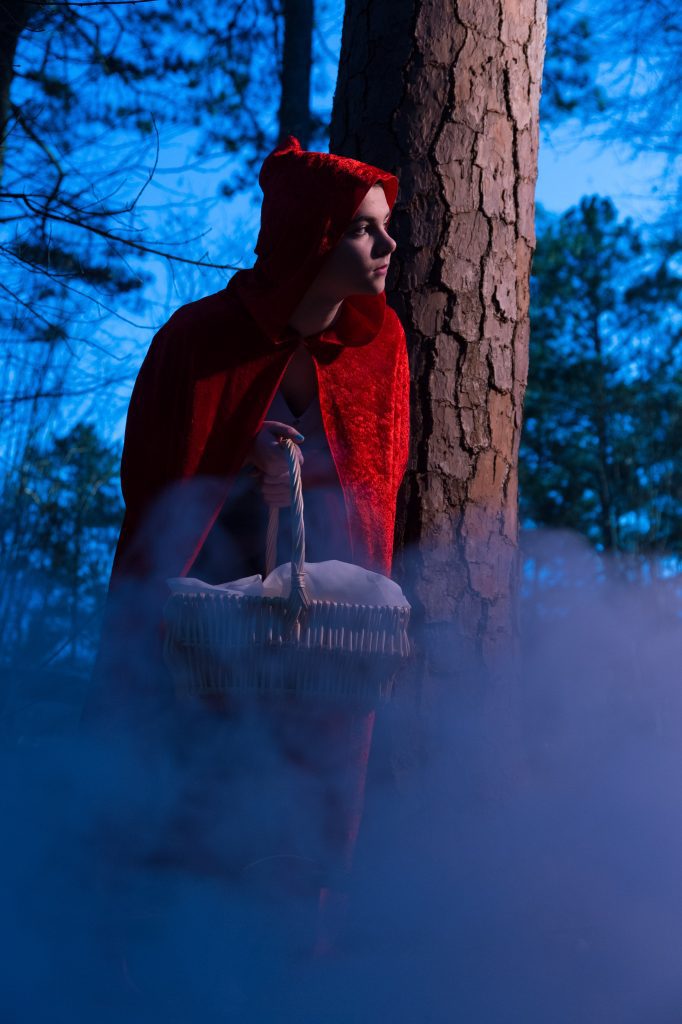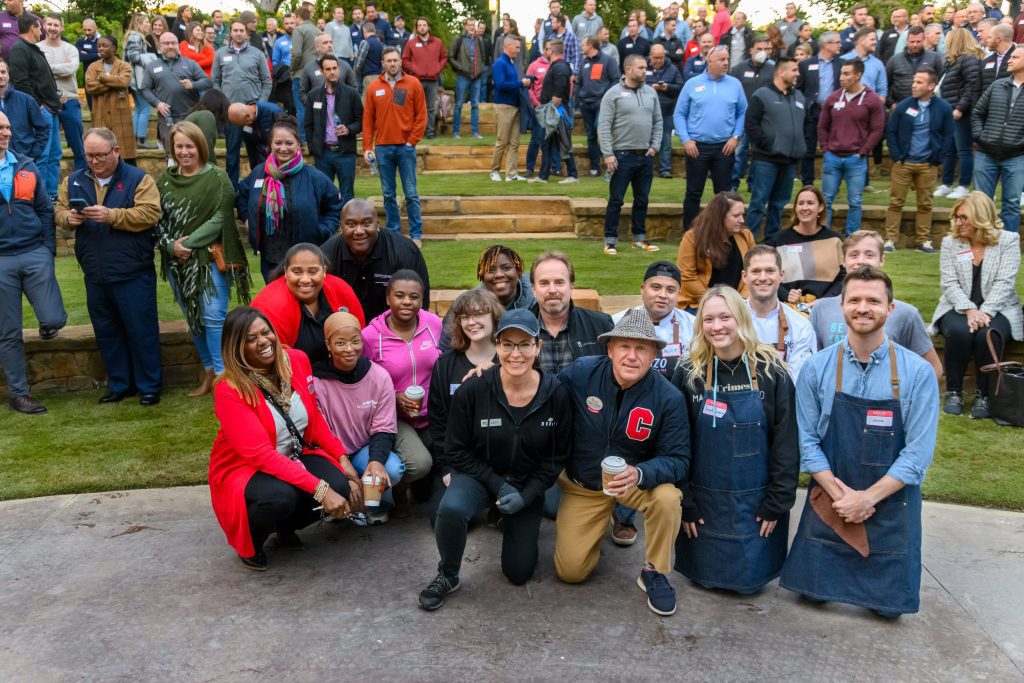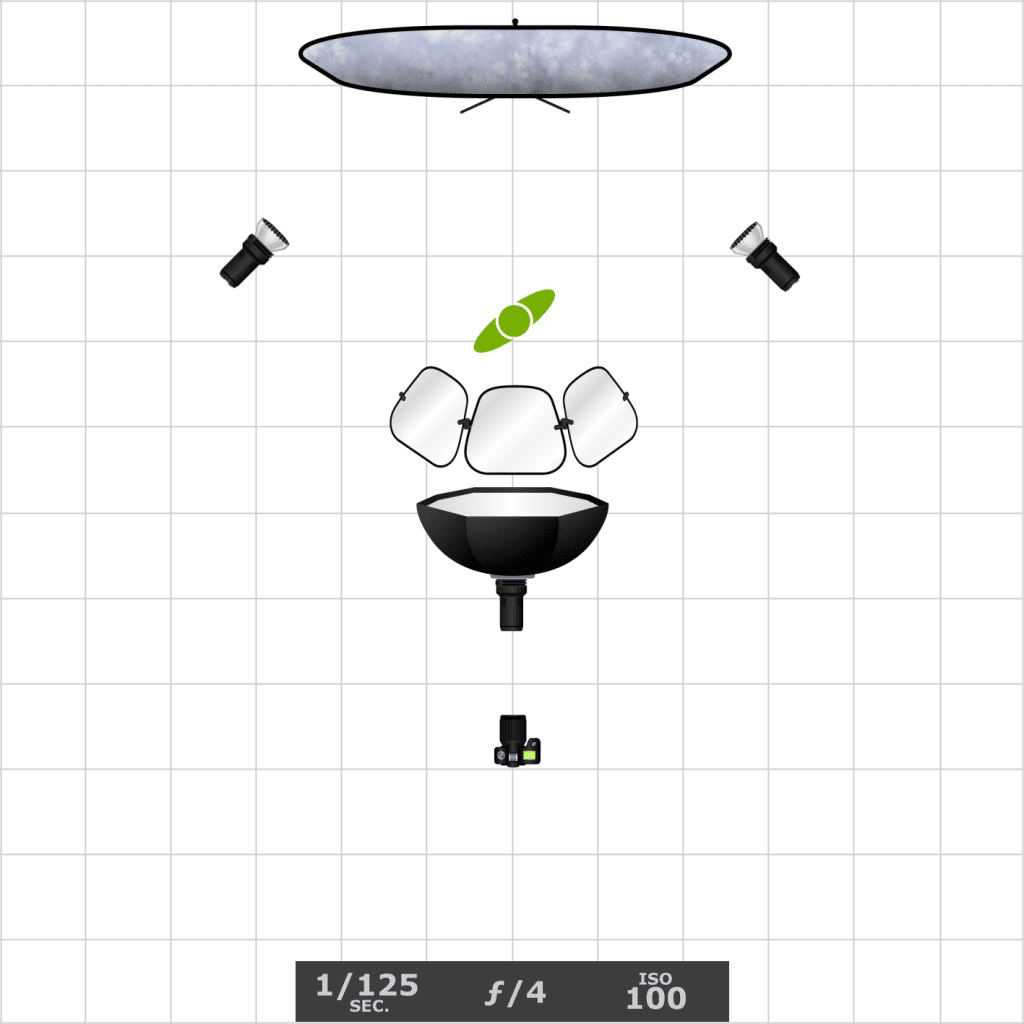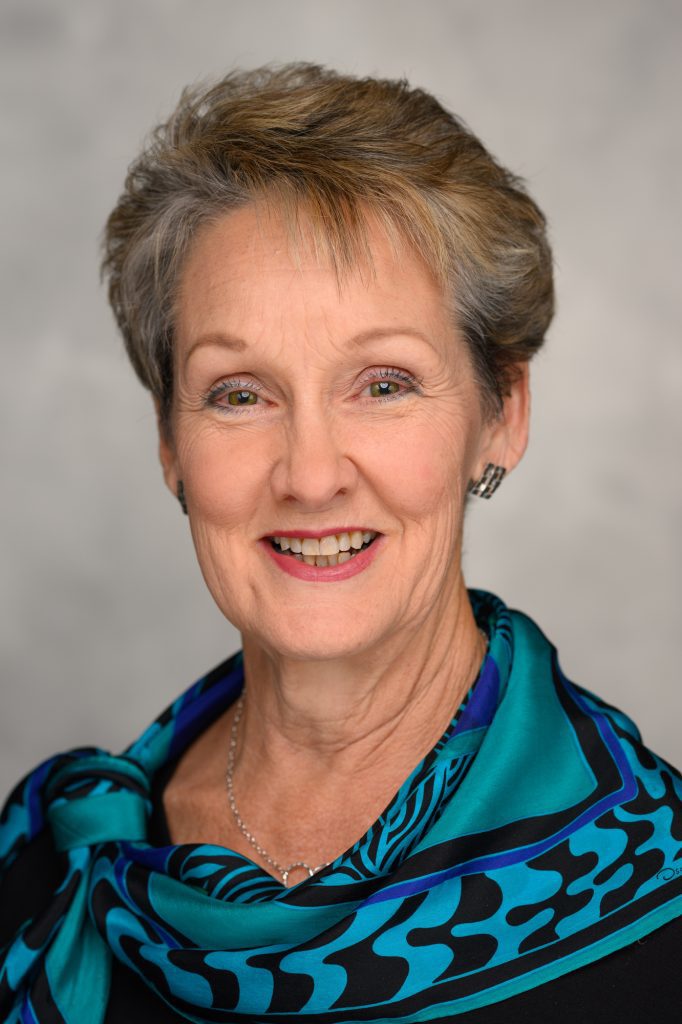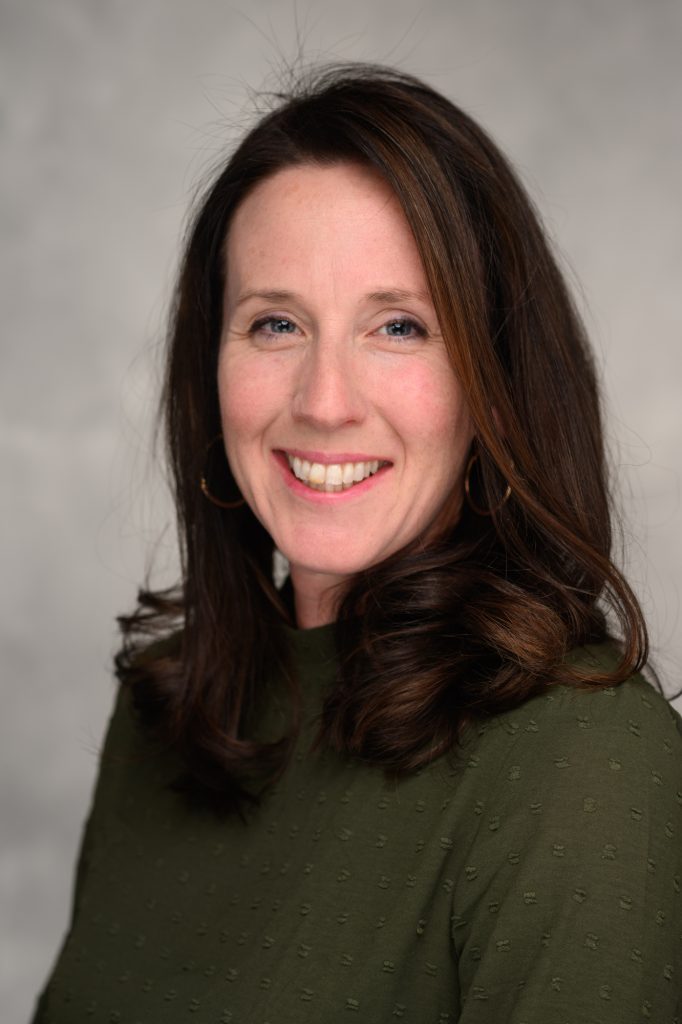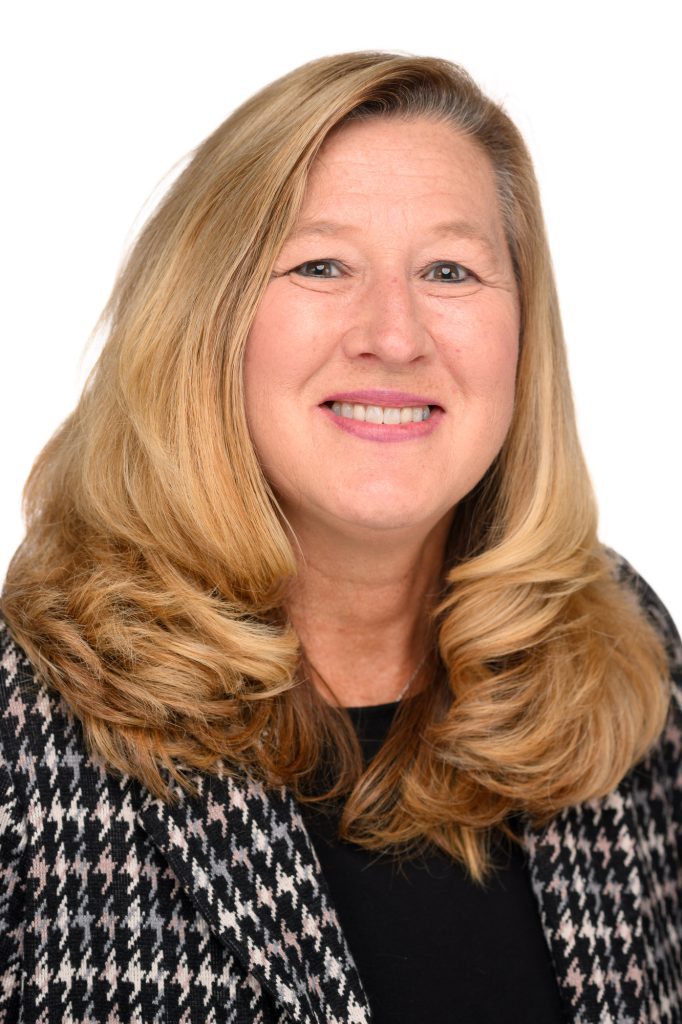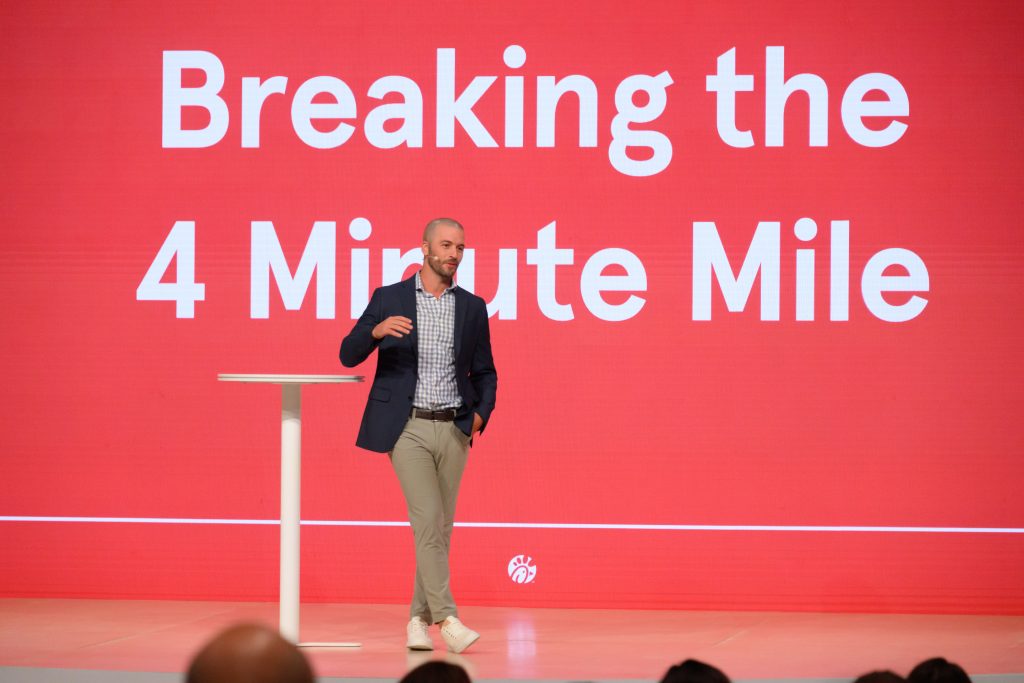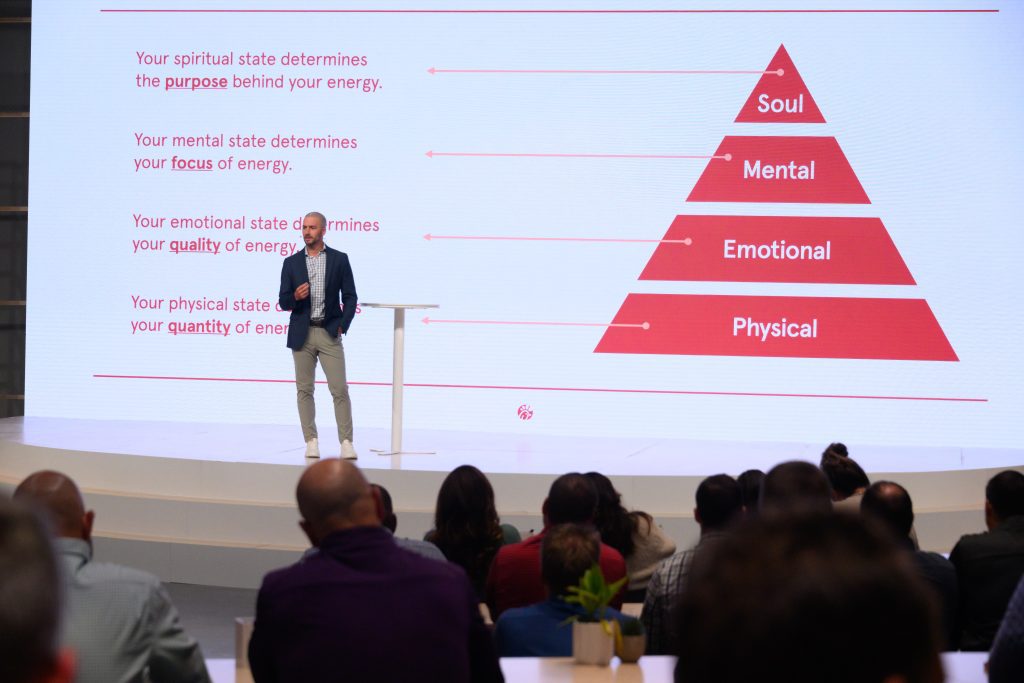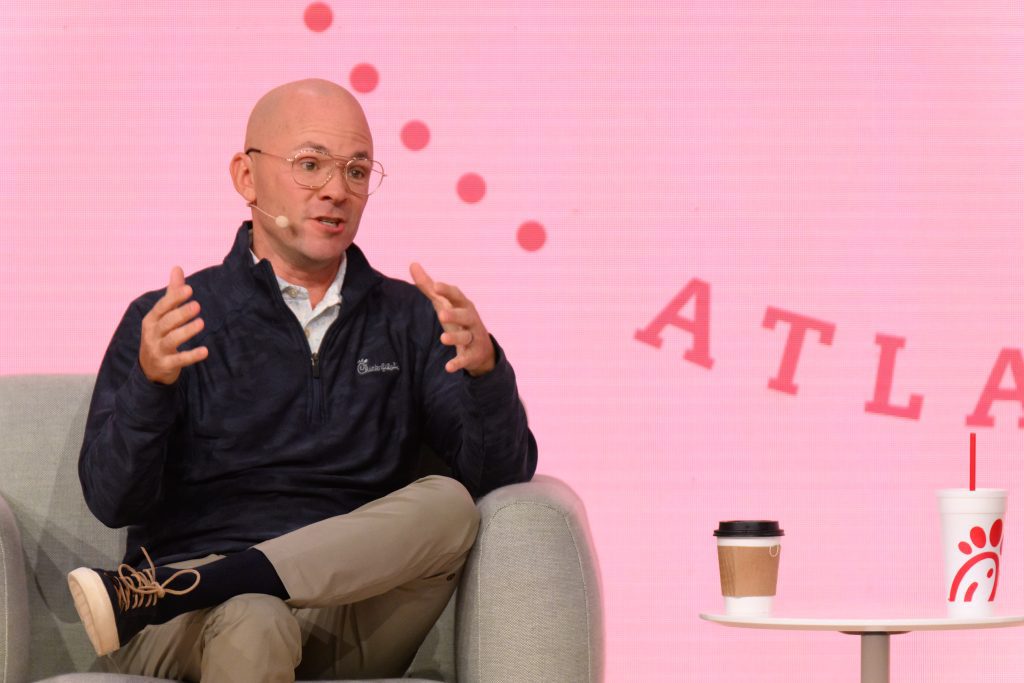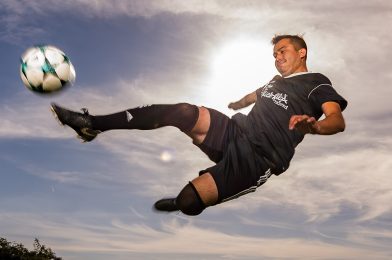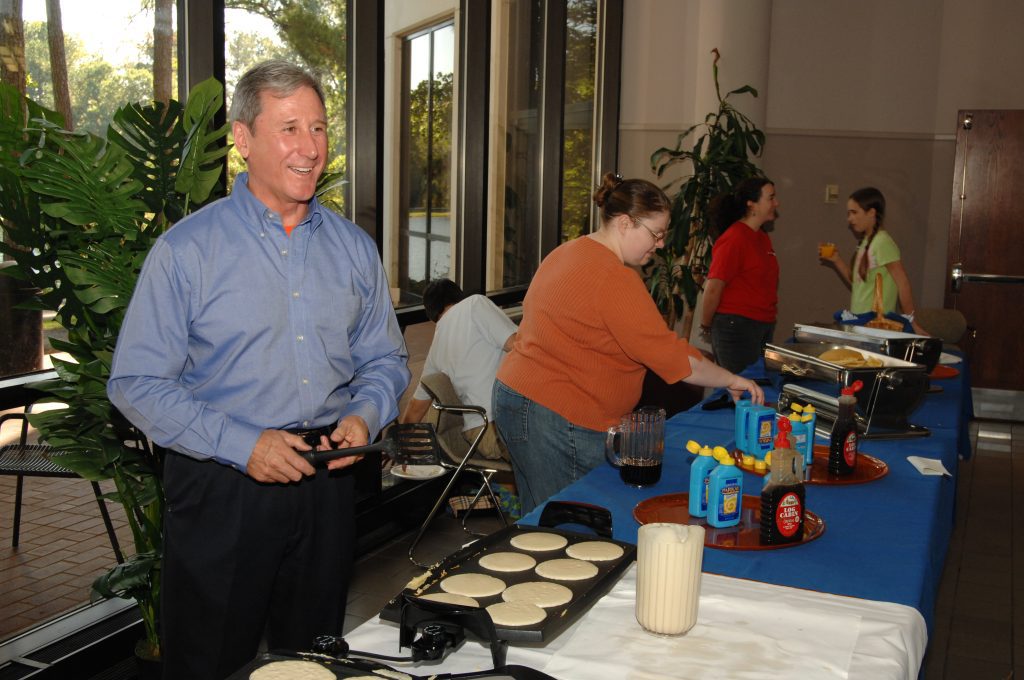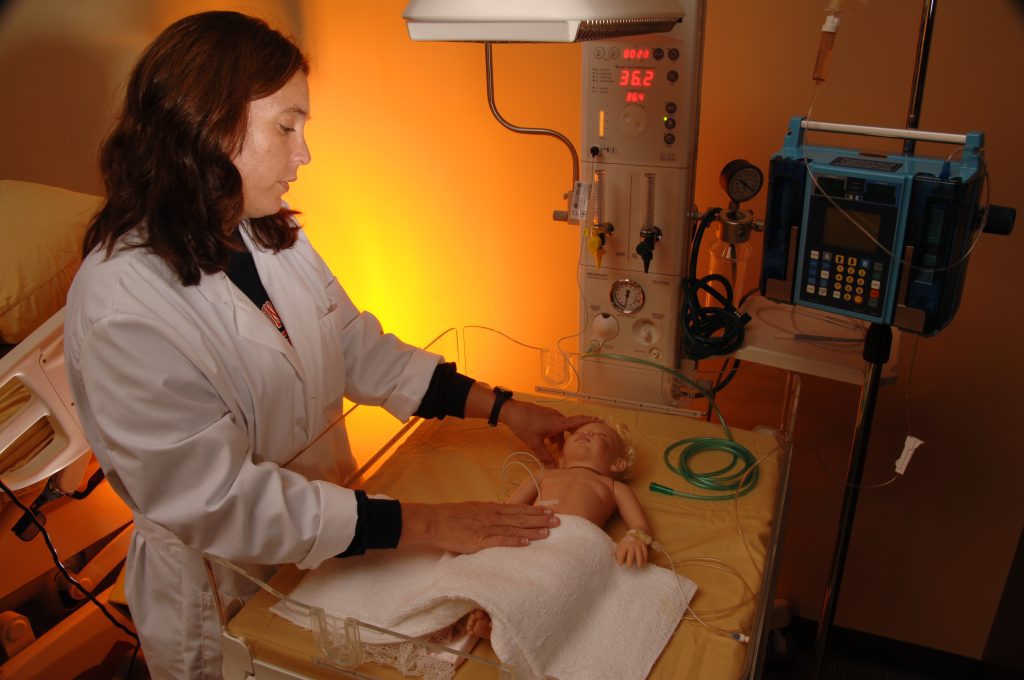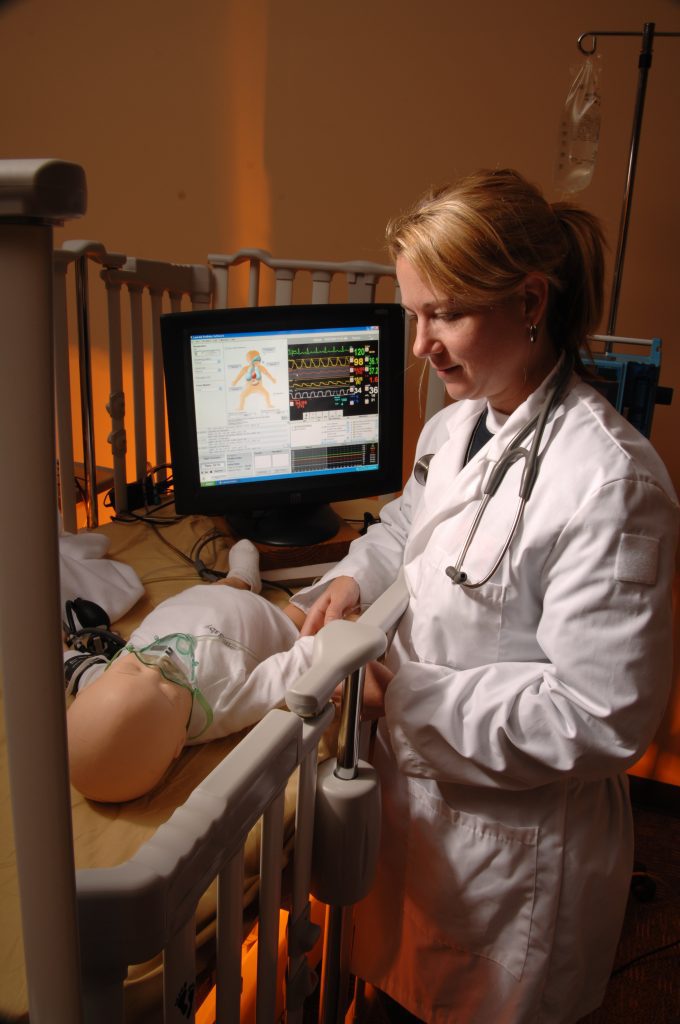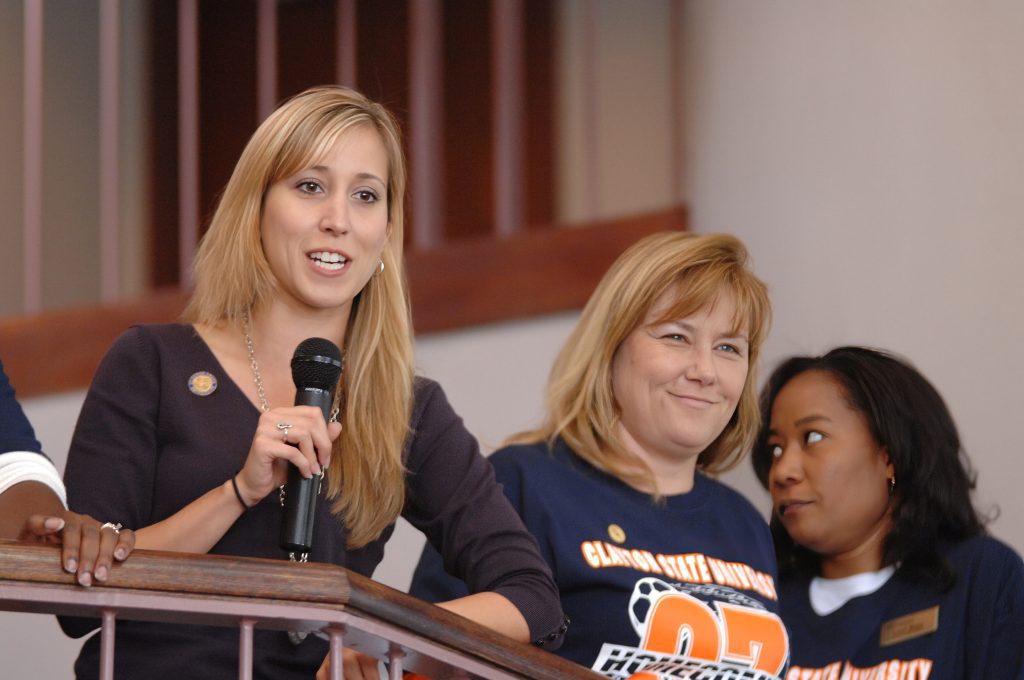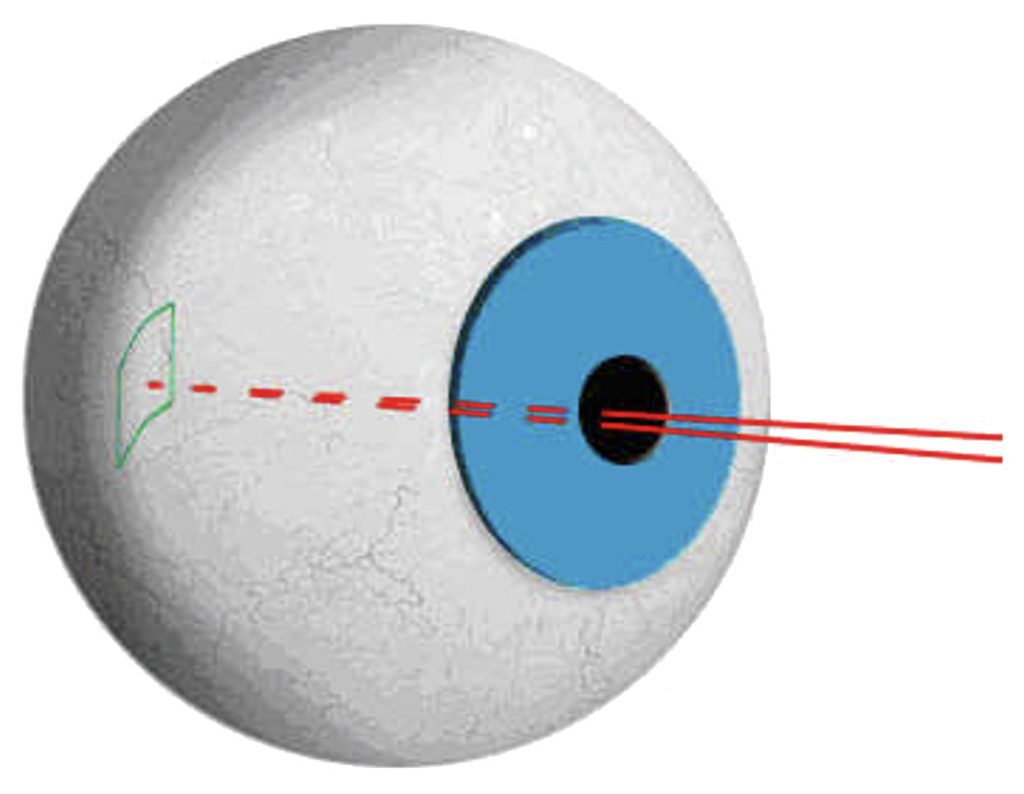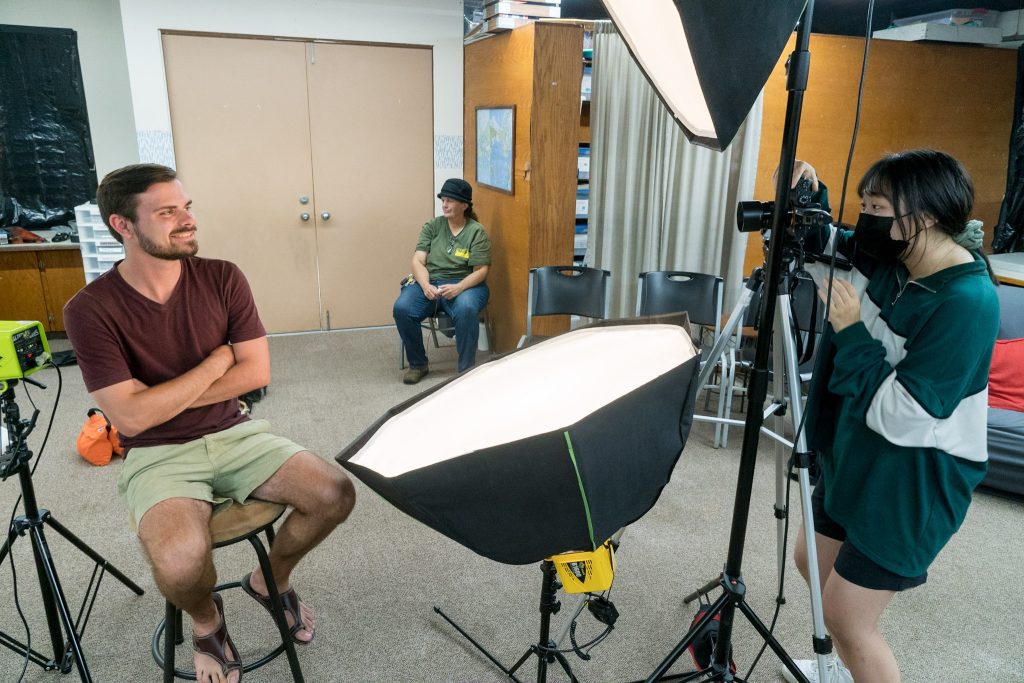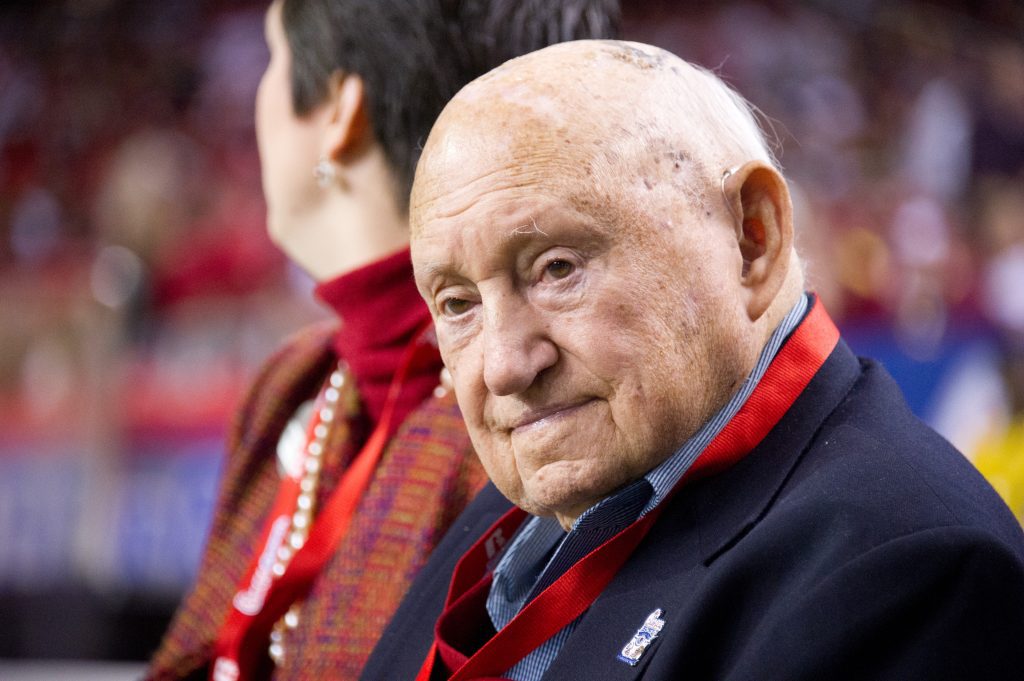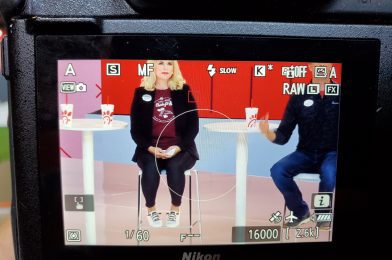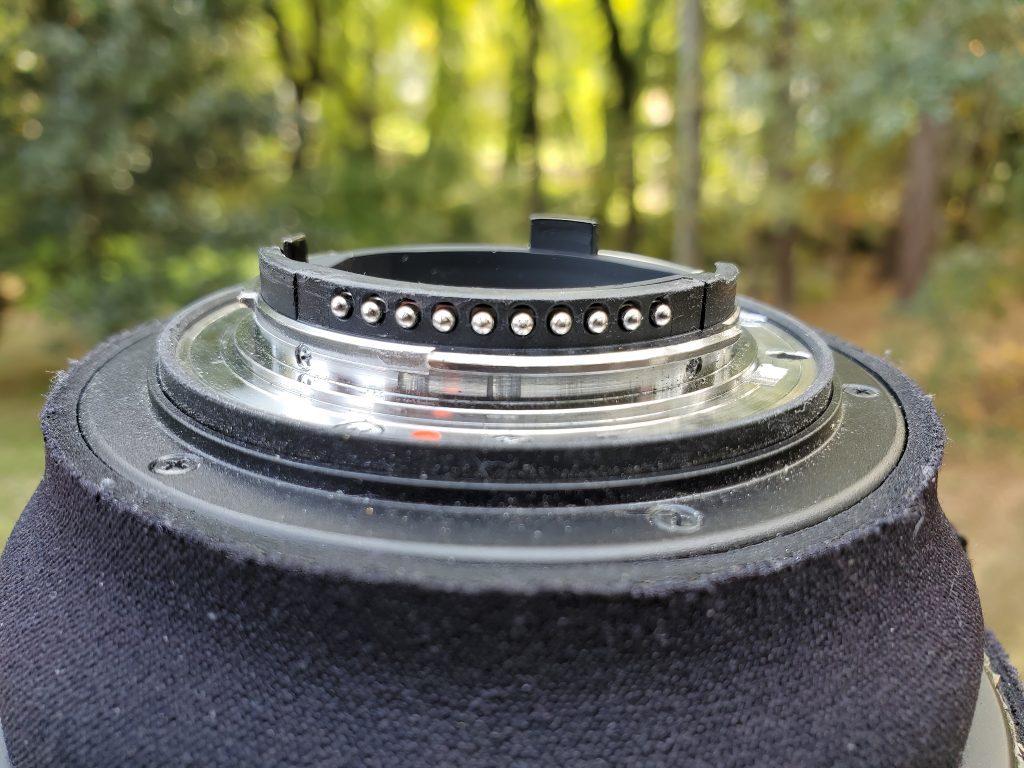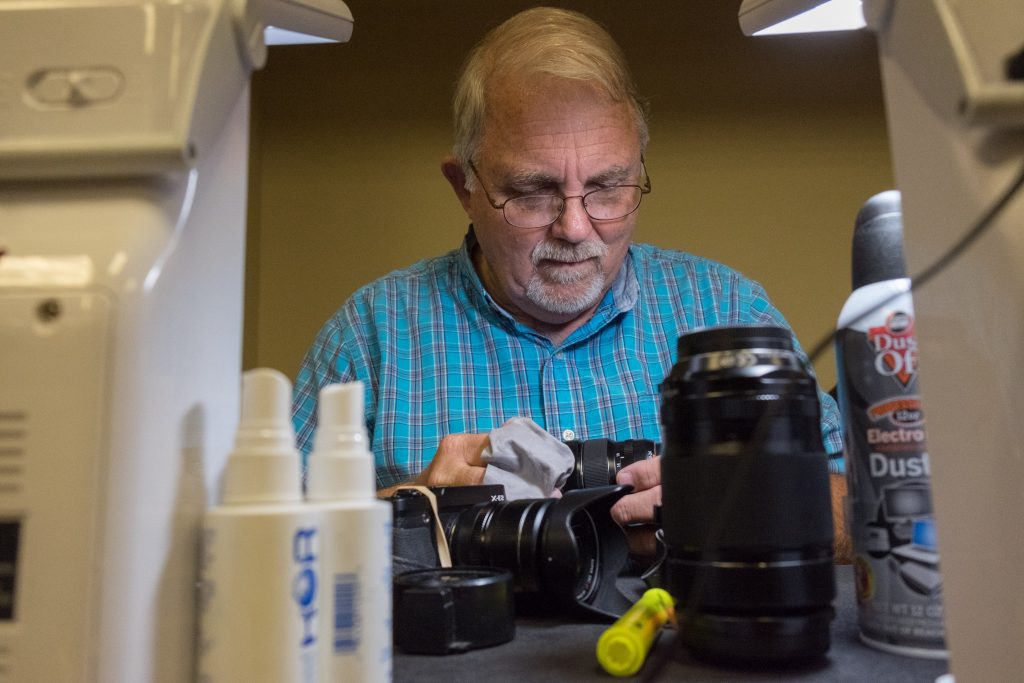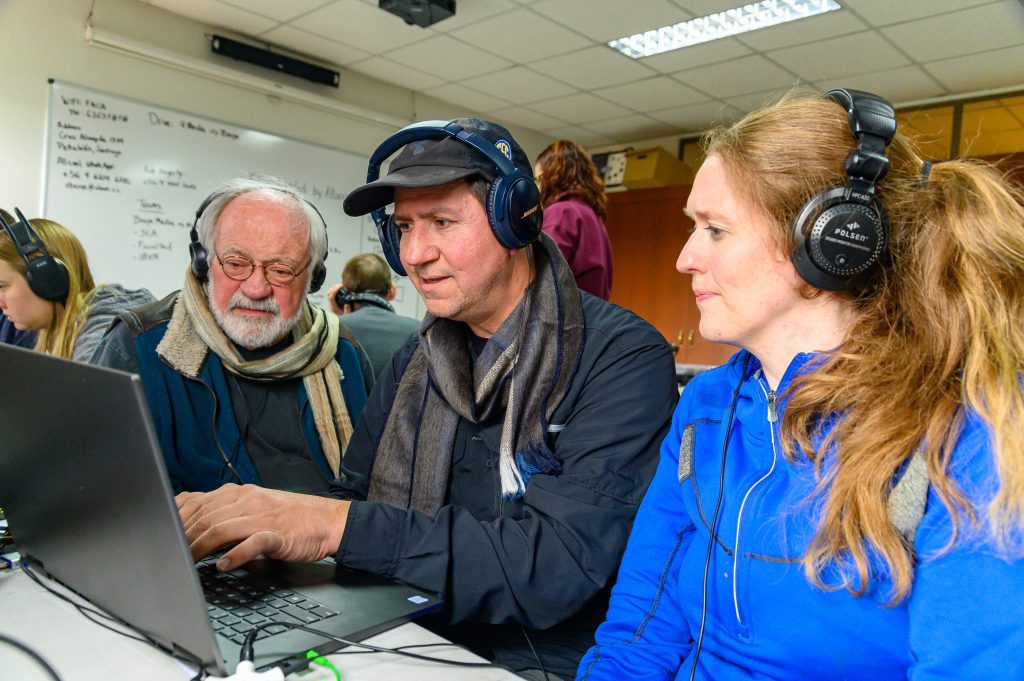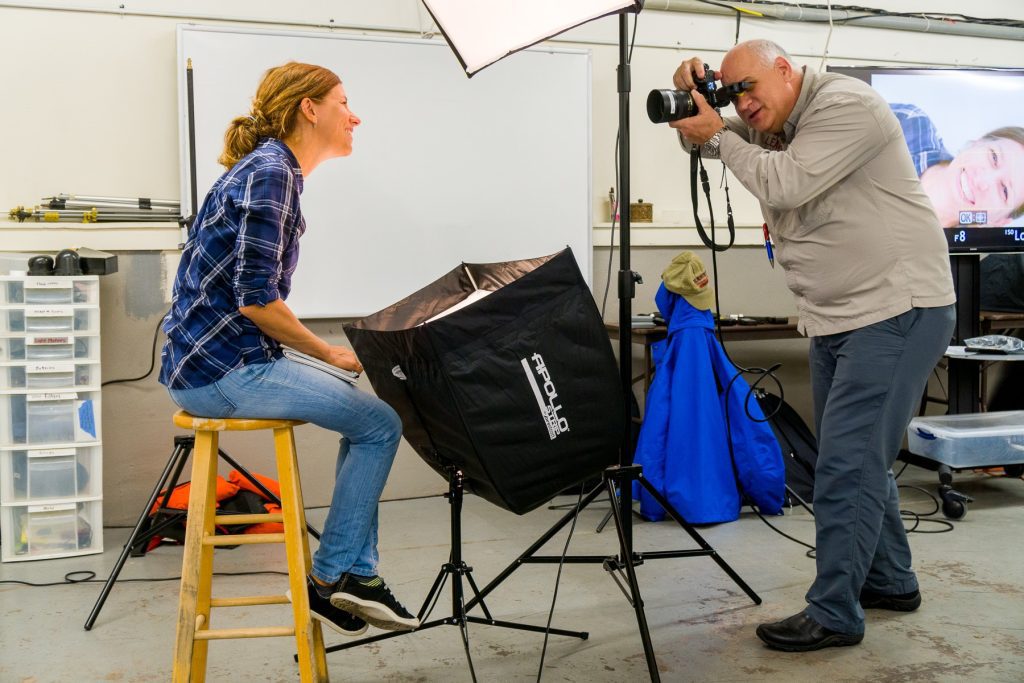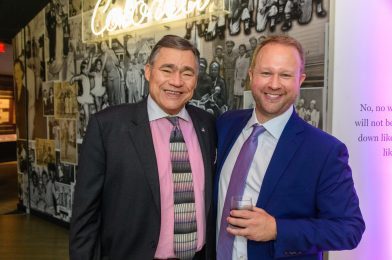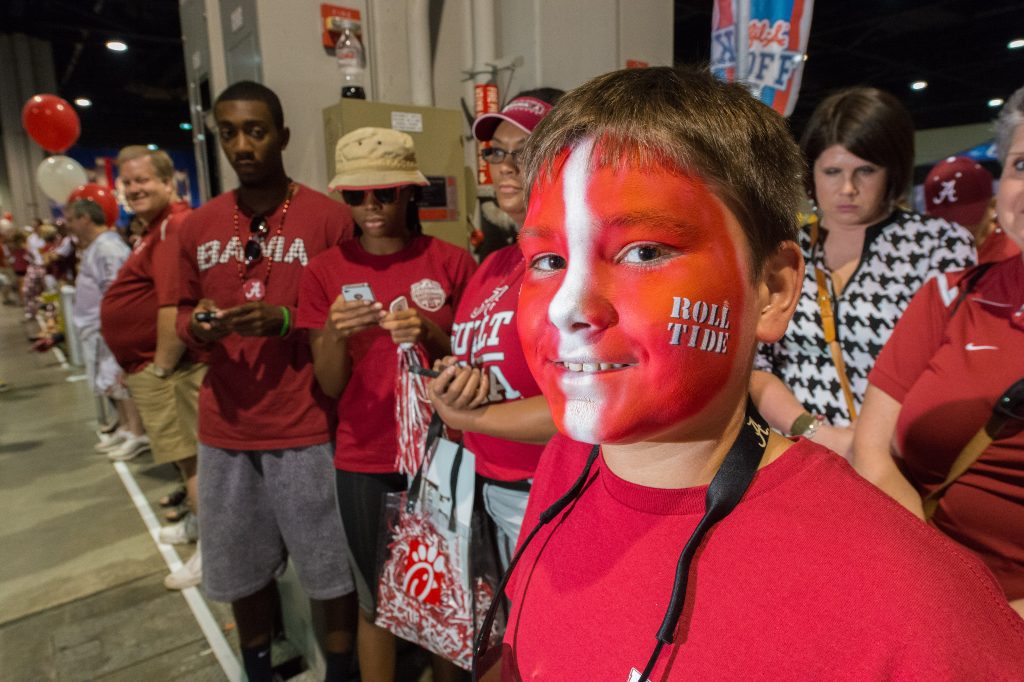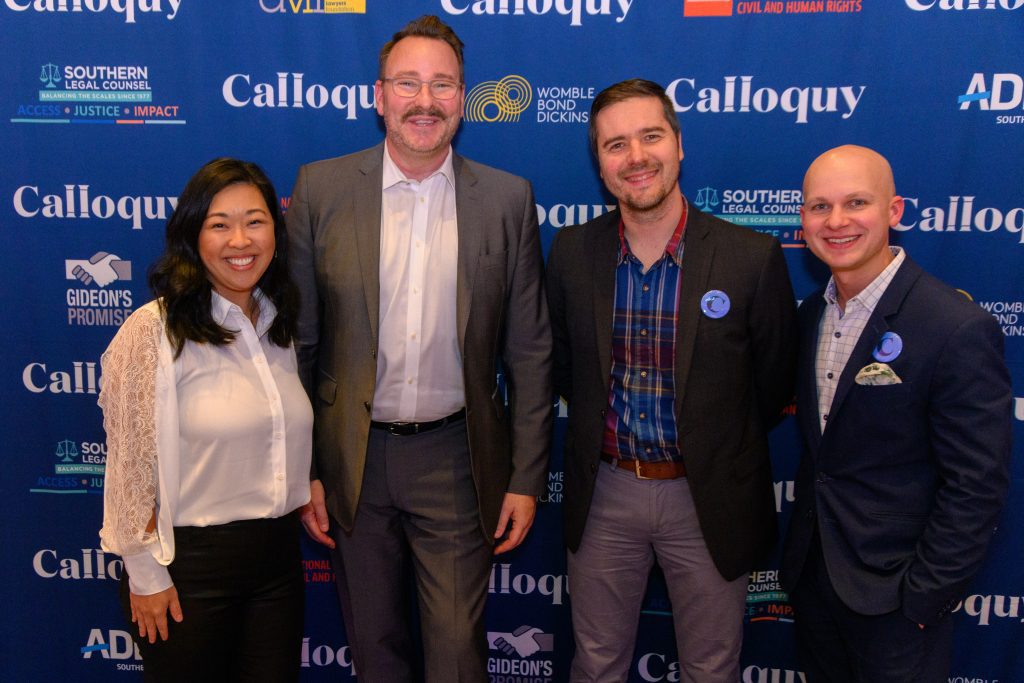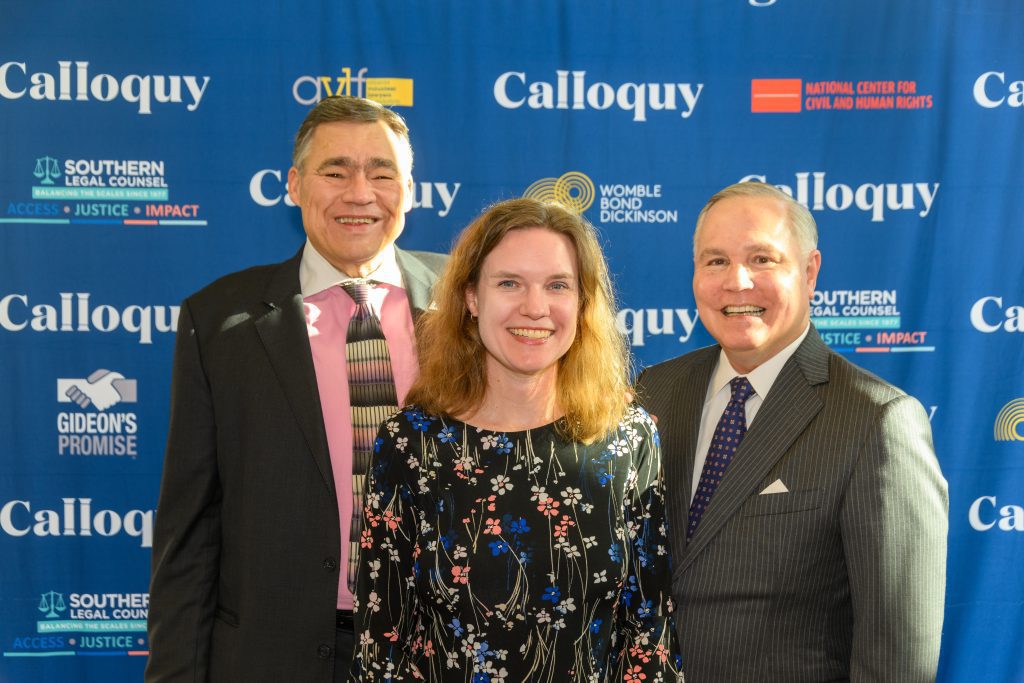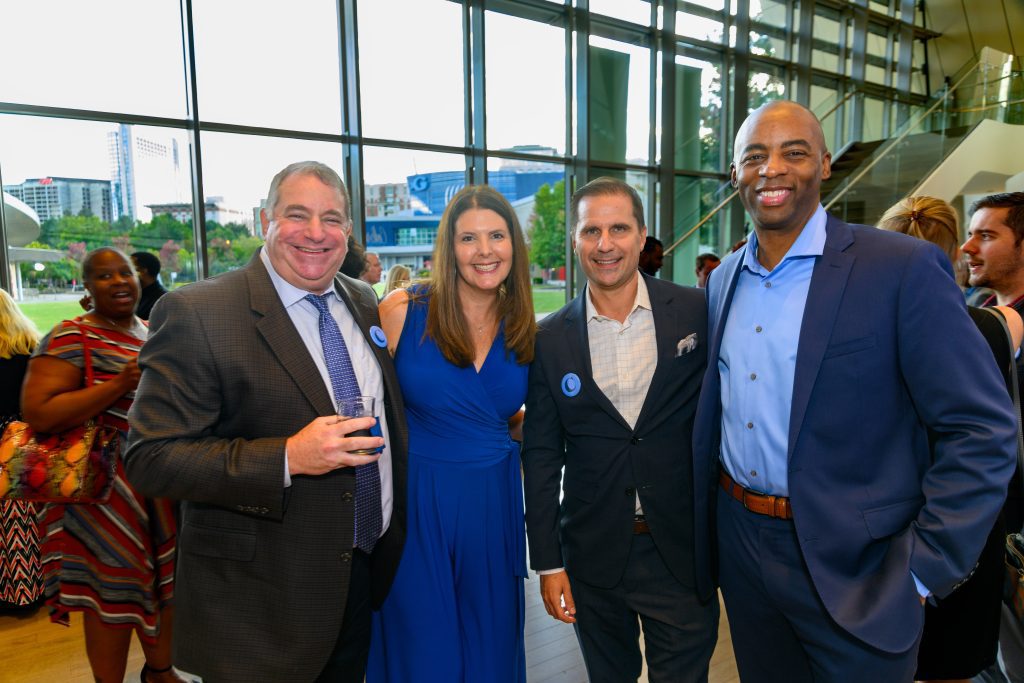The adage from the for-profit world, “You have to spend money to make money,” is widely accepted— but not so in the nonprofit world.
Sometimes we see nonprofits develop exciting strategic plans but need to integrate those plans into the budget.
There are about 1.5 million nonprofits in the United States. Forbes states that fifty percent will fail in the first twelve months. Other data suggests it’s less, with the National Centre For Charitable Statistics putting the figure nearer thirty percent.
Nonprofits often approach photographers, videographers, and writers to do work for free.

To meet your goals, realistically count the cost.
It would be best if you had a strategic plan for your business as much as any other business or nonprofit needs a business plan.
Any work you do should involve negotiation. Chris Voss points out that if you are looking for a Win-Win outcome, you are prone to be taken advantage of by others.
Chris Voss wrote Never Split The Difference: Negotiating as if your life depended on it. Voss says there are two types of negotiators: 1) Create Value and 2) Claim Value. Now those who are looking for a Win-Win outcome as long as they are dealing with another Create Value mindset will come out OK. However, Voss says that when the Create Value person comes up against a Claim Value mindset, they are often slaughtered.
While an excellent deal is usually a Win-Win, you must understand what this involves to be truly good for both parties.
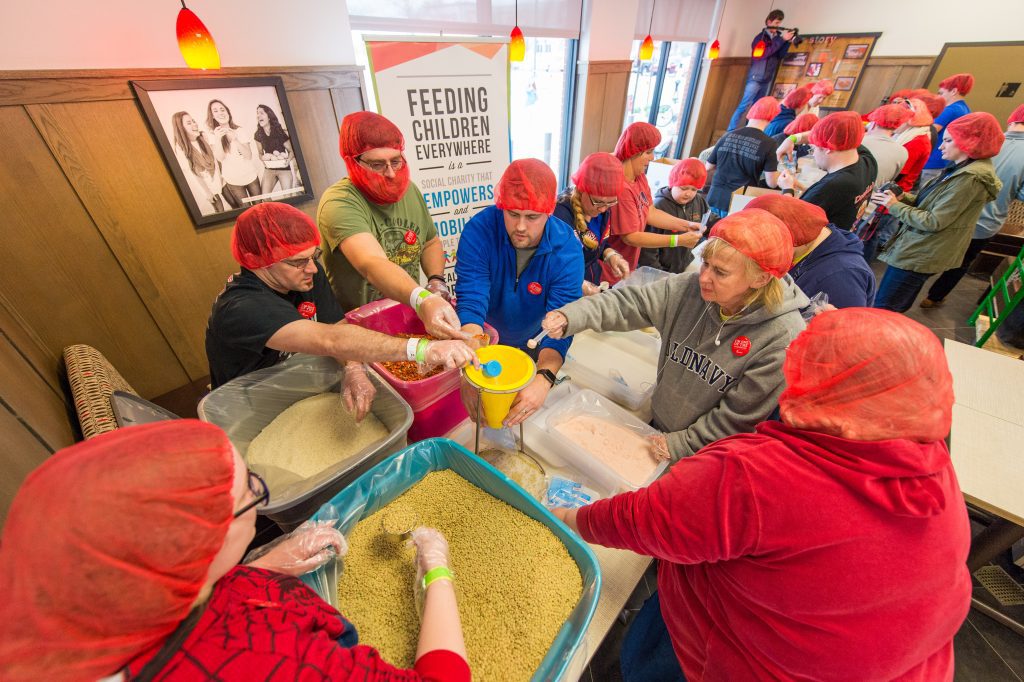
The Claim Value negotiator will often toss the Win-Win mindset to see if you light up. If you do, then they go in for the attack.
The Create Value person will often look at the deal and say we can make this deal, but here is the problem. You have started a relationship with someone who isn’t a true Win-Win. The agreement you worked out will stop you from growing your own business.
Voss teaches you to understand how important it is for Tactical Empathy. The client is being transparent enough to see they are looking for a mutual commitment to be strategic in reaching their long-term goals.
When you know if you can grow your business by accepting specific deals is why having a strategic plan is so important.
While it is great that you may have the ability to give your time and talent to a nonprofit, you may be setting up the organization for an early demise when you are no longer working for free.
Every organization needs line items for communications. However, you may be wasting time if the organization doesn’t understand how professional communicators are affecting their budget to meet their strategic plan.

Any business needs to understand Corporate Social Responsibility.
It’s important to give back and be involved. Donating to local organizations fosters goodwill. Also, you’ll create evangelists for your brand. Finally, consistently giving will get the attention of the people working and volunteering at the organizations you support.
Howard Chapnick was an American editor, photo editor, and long-term leader of the Black Star photo agency. Many nonprofits would approach Black Star, asking them to donate. First, Chapnick would explain how they do pro bono work, but when they do, everyone else involved in the project is also donating. Then Chapnick would ask if everyone else involved is also contributing for free. For example, are the caterers, the venue, and so on all doing this for free? Chapnick then would ask the person why we should give for free if others are not doing so.
I give away a lot of my time and talents each year. I encourage you to do so as well. However, do this with your strategic plan in mind. Also, be sure that the organization you are donating your talent has a strategic plan and that you are not setting them up for failure when you can no longer do work for free for them.
While you cannot get a tax deduction in the US for charging for your time and then donating that money back to the organization, this could be a great way to help the organization to understand how this needs to be a line item in their budget.

